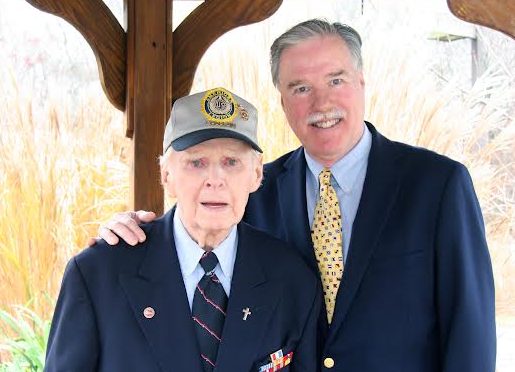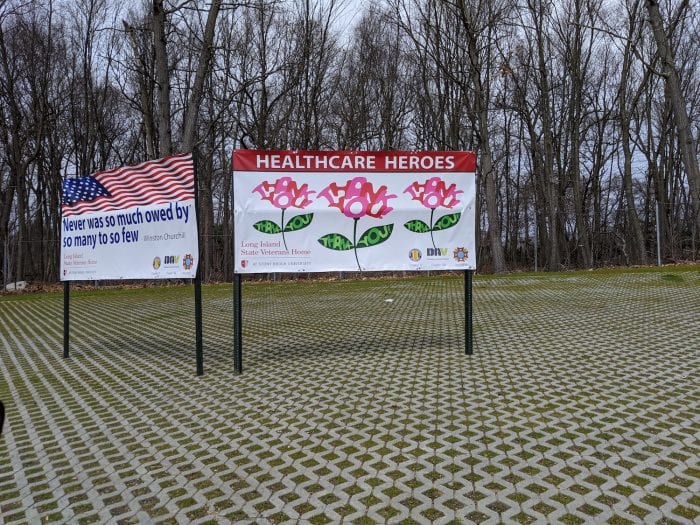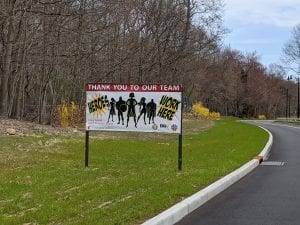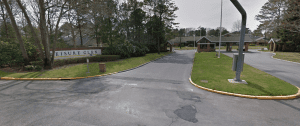By Thomas M. Cassidy
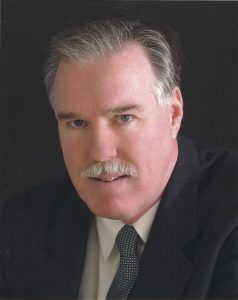
Artificial Intelligence (AI) will cost many people their jobs. But some occupations desperately needed by a rapidly aging population cannot be replaced by computers or machines. For example, nurse assistants in hospitals and nursing homes.
Research conducted by Goldman Sachs estimates that 25% of current work tasks could be automated by Artificial Intelligence (AI). Unlike prior technological advances that replaced workers in labor intensive occupations, this time “it’s the higher-paying jobs where a college education and analytical skills can be a plus that have a high level of exposure to AI,” according to The Pew Research Center.
During my twenty-year career as an investigator for the New York State Attorney General’s Office, I conducted many investigations of potential patient abuse in nursing homes and other health facilities. I had the privilege of meeting hundreds of nursing assistants. Most were dedicated, knowledgeable and compassionate, but a few were not. Nursing aides dress, bathe, toilet and ambulate patients among many other services. Sometimes they also interact with families, which can be a difficult task. Let me explain:
I was assigned to investigate a possible case of patient abuse at a nursing home. An elderly woman with a doctor’s order for a two-person transfer was helped from her bed for a bathroom trip by only one nurse aide. The elderly woman fell and fractured her hip. The nursing assistant was immediately suspended pending an investigation. My assignment was to investigate this incident as a possible crime. Here’s what happened:
The nursing home patient had a visit from her daughter. Mom told her daughter to help her get out of bed and walk her to the bathroom. The daughter obeyed and helped mom get out of bed. The daughter tried to hold her up, but mom was weak and started to slip. The daughter screamed for help. A nursing assistant rushed to help the falling patient, but it was too late. Mom fell and fractured her hip. There was no crime. The nursing assistant returned to work the next day.
Fast forward twenty years. My father, a World War II combat veteran and a decorated NYPD Detective Commander, fractured his hip at age 80. I visited him at the Long Island State Veterans Nursing Home in Stony Brook. He was alone in his room. He says, “Tom, help me get to the bathroom.” I say, “Dad, let me get an aide to help you.” He says, “YOUR MY SON, just do this for me. I don’t want anyone else to help.” I told him about the elderly woman who fractured her hip when her daughter tried to help her. He said, okay, go get someone to help. If not for my experience as an investigator, I might have tried to help my father. I was taught “To Honor Thy Father and Thy Mother.” But instead, two aides moved my dad safely to the bathroom and back into his bed. Nine months later he walked out of the nursing home to live at home with my mother.
Not every resident of a nursing home is elderly, but most are. In the United States today, one in every six Americans is age 65 or older. That number will increase dramatically in the next six years to 20% of the population or 70 million older Americans. Incredibly, nursing homes are closing, instead of opening.
The American Health Care Association reports that since 2020 almost 600 nursing homes have closed, and more than half of nursing homes limit new admissions due to staffing shortages. As a result, there is a shortfall of hospital beds nationwide because displaced nursing home patients remain in hospital beds until they can be safely transferred home or to a care facility.
The Massachusetts Hospital Association reports that one out of every seven medical-surgical beds are unavailable due to patients remaining in the hospital when they no longer need hospital care. Keep in mind that hospitals are required by federal law to provide emergency care, stabilize patients, and discharge patients to a safe environment.
The Bureau of Labor Statistics reports that nursing assistants have one of the highest rates of injuries and illnesses because they frequently move patients and perform other physically demanding tasks. For these, and many other tasks, nurse assistants are paid a median wage of less than $18 per hour; not even close to a salary that is in line with the responsibilities of their job. Small wonder that a survey by the American Health Care Association found that one of the biggest obstacles for hiring new staff in nursing homes is a lack of interested candidates.
Reversing the hemorrhage of nursing home closures requires leaders with Natural Intelligence (NI). It benefits all generations of Americans when hospitals fulfill their mission for acute care and not operate as quasi-nursing homes. After all, languishing in a crowded emergency room “Can Be Hazardous To Your Health!”
Thomas M. Cassidy is the creator of the TV series, Manhattan South, which is in development. (ktpgproductions.com)

